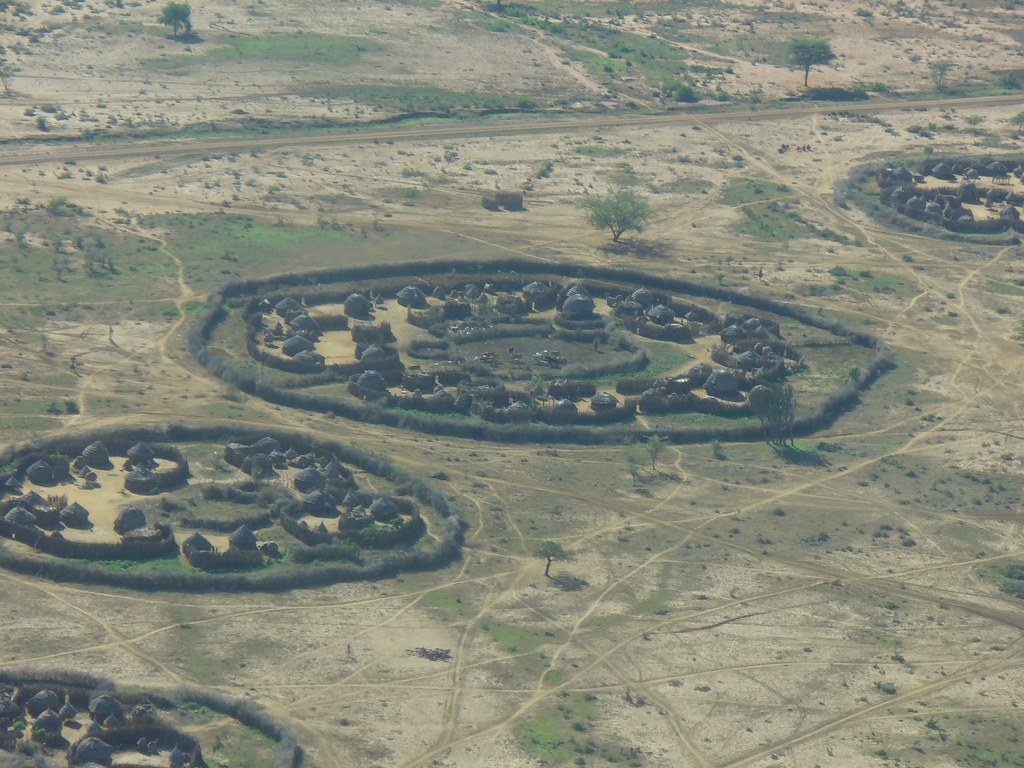Visit the Karamojong – Way of Life & Northern Uganda Safari Holiday
Introduction to the Karamojong People
Hidden in the semi-arid plains and rugged hills of northeastern Uganda, the Karamojong people are among East Africa’s most fascinating and least-explored cultural groups. Their homeland, known as Karamoja, stretches across the wild frontier bordering Kenya’s Turkana region and South Sudan, forming one of the most authentic and culturally rich corners of Uganda.
Visiting the Karamojong is not just a stop on a safari itinerary — it’s a deep dive into a traditional pastoral lifestyle that has endured for centuries. Their way of life, defined by cattle herding, communal living, and strong social values, offers a rare glimpse into Africa’s pre-modern traditions. A Northern Uganda safari that includes Karamoja reveals a side of Uganda few travelers experience — raw, beautiful, and profoundly human.
The Karamojong Way of Life
The Karamojong are proud pastoralists whose entire existence revolves around cattle — a source of wealth, dowry, food, and spiritual identity. Cows are not just livestock here; they represent status, honor, and social connection. The Karamojong believe that all cattle were given to them by the gods, a myth that reinforces their deep attachment to their herds.
Most families live in traditional homesteads called manyattas — circular, fenced settlements made from sticks, mud, and thatch. Inside these enclosures are huts where extended families reside, surrounded by kraals where livestock are kept at night. The architecture, though simple, reflects the community’s harmony with nature and practicality in a semi-desert environment.
Their diet is based mainly on milk, blood, and meat, supplemented by grains and vegetables traded from nearby regions. A meal shared with the Karamojong is more than food — it’s a gesture of friendship and inclusion.
Culture, Beliefs, and Traditions
The Karamojong have a rich cultural heritage marked by music, storytelling, and dance. Traditional songs and rhythmic chants accompany every ceremony — from initiation rituals to weddings and cattle blessings. Their dances, performed under the open sky with jumping movements similar to the Maasai of Kenya, are both communal and spiritual expressions of joy and unity.
Age and wisdom are deeply respected in Karamojong society. Elders hold significant authority, guiding communal decisions, resolving disputes, and conducting rituals. Young men, known as warriors or “ngikaracuna,” once symbolized the group’s strength through cattle raids, a historic practice now replaced by peaceful coexistence and cultural tourism.
Spiritually, the Karamojong believe in Akuj, the supreme creator, who governs life, rain, and fertility. Traditional healers and elders play important roles in connecting the people with their spiritual world through prayers, offerings, and ceremonies held under sacred trees.
A Glimpse into Karamojong Daily Life
Life in Karamoja begins early. As dawn breaks over the savannah, herders lead their cattle to distant pastures in search of water and grazing land. Women tend to the homestead, fetch water, prepare food, and care for the children. In the evenings, families gather around fires to share stories, milk, and laughter, often accompanied by traditional music.
Visitors to Karamoja can participate in authentic cultural activities — milking cows, learning how to make traditional jewelry, joining a local dance, or listening to elders narrate ancestral tales. Unlike staged cultural villages, experiences here are genuine and rooted in daily life.
The Karamoja Landscape
The Karamoja region is one of the most strikingly beautiful parts of Uganda. It’s a land of golden savannahs, acacia-dotted plains, and dramatic mountains. The Moroto, Napak, and Kadam mountain ranges rise like ancient guardians over the plains, offering scenic hikes and opportunities for nature photography.
The region’s wildlife has rebounded significantly, with nearby Kidepo Valley National Park serving as Uganda’s most pristine wilderness area. Elephants, lions, zebras, giraffes, buffaloes, and cheetahs roam freely here, often against a backdrop of rugged hills and endless skies. A visit to the Karamojong pairs perfectly with a safari in Kidepo, creating a seamless blend of culture and wildlife.
Visiting the Karamojong on a Northern Uganda Safari
For travelers seeking off-the-beaten-path experiences, a Northern Uganda safari combining Karamoja and Kidepo Valley is unforgettable. The journey from Kampala or Gulu to Moroto — the cultural heart of Karamoja — is long but rewarding, revealing landscapes untouched by mass tourism.
In Moroto, visitors can explore the Karamoja Museum and Cultural Centre, which showcases artifacts, photographs, and oral histories that trace the people’s evolution from ancient pastoral roots to modern resilience. From there, guided community tours lead travelers into authentic Karamojong villages, where they can engage with locals, share meals, and learn traditional crafts.
For adventurers, nearby Mount Moroto offers scenic hiking trails and opportunities for bird watching. The region also provides excellent camping sites for those seeking a true wilderness experience under the African stars.
Safari Costs and Accommodation
Visiting the Karamojong can be tailored to any budget.
-
Budget travelers can find guesthouses in Moroto town or simple campsites within community areas for around $40–$80 per night.
-
Mid-range lodges like Kara-Tunga Safari Camp offer comfort with cultural immersion at around $150–$250 per night.
-
Luxury safari-goers heading to nearby Kidepo Valley National Park can stay at exclusive lodges such as Apoka Safari Lodge, where rates range from $500 to $1,200 per night including game drives and full-board service.
Cultural tour fees range between $30 and $70 per person, depending on the experience — such as visiting manyattas, participating in traditional dances, or exploring local markets. These fees directly support community development projects and education programs in Karamoja.
Best Time to Visit Karamoja and Kidepo Valley
The best time to visit Karamoja and Kidepo Valley is during the dry season (December to March and June to September) when roads are accessible, and cultural activities are most vibrant. Wildlife viewing in Kidepo Valley National Park is also at its best during this period, as animals gather around watering points and visibility is high.
The rainy seasons (April–May and October–November) transform the plains into lush green carpets, creating beautiful photographic scenery, but travel can be slower due to muddy routes.
Responsible Travel and Cultural Sensitivity
When visiting the Karamojong, travelers are encouraged to approach with respect and curiosity. Always seek permission before taking photographs, dress modestly, and participate genuinely in activities. Supporting local artisans, guides, and cooperatives ensures your visit benefits the community directly.
Many community-run tourism initiatives — such as Kara-Tunga Tours and local homestay programs — emphasize ethical engagement, ensuring that culture is celebrated rather than commercialized.
Final Thoughts
A visit to the Karamojong people is a journey beyond the ordinary safari — it’s a cultural awakening that brings travelers face-to-face with one of Africa’s most enduring heritages. In the sweeping plains of Northern Uganda, tradition still thrives, songs still echo under the night sky, and life moves to the rhythm of cattle bells and storytelling fires.
Combining this cultural encounter with a Kidepo Valley National Park safari offers one of the most powerful experiences in East Africa — a blend of human warmth, ancient tradition, and unspoiled wilderness. For those seeking authenticity, connection, and adventure, Karamoja remains Uganda’s best-kept secret.





